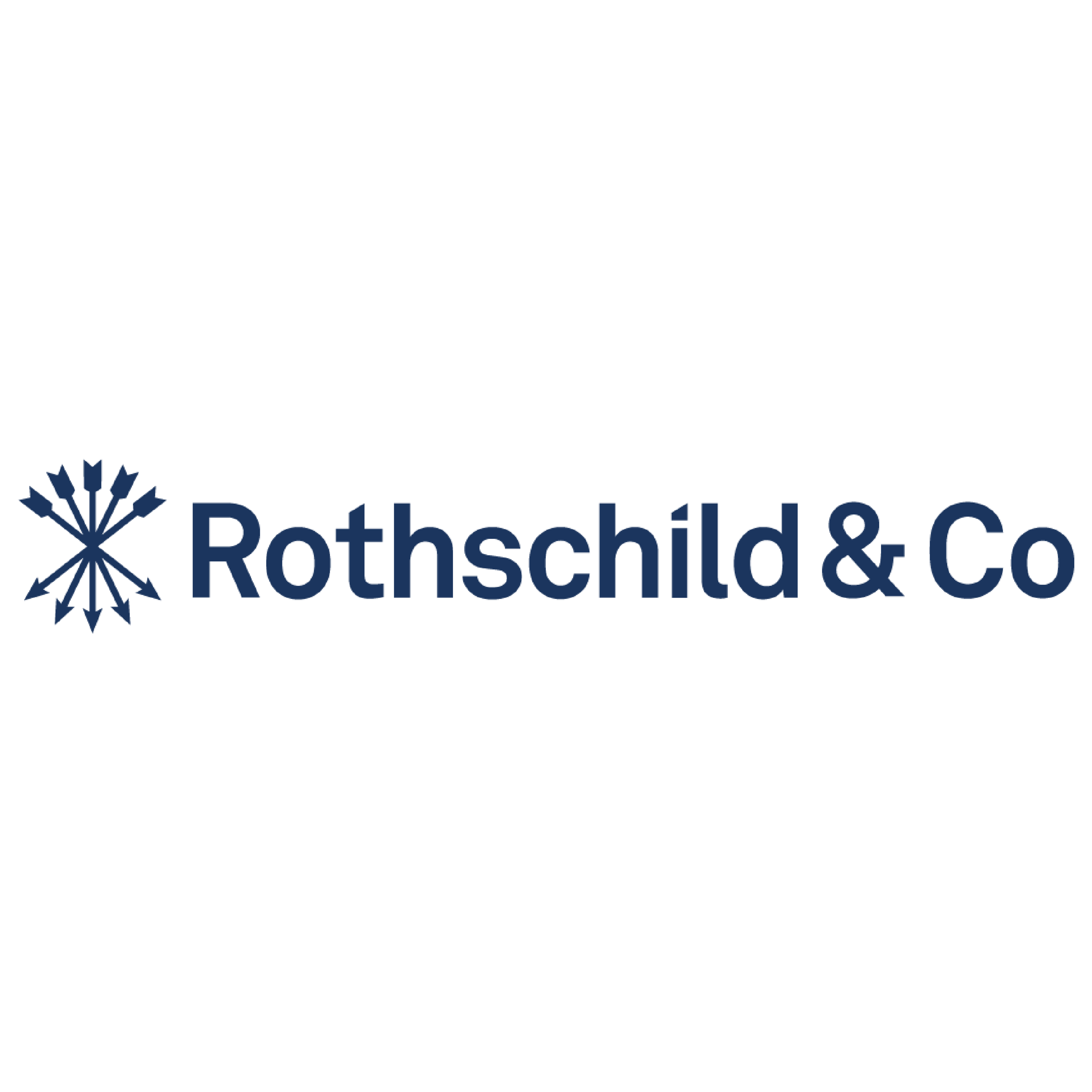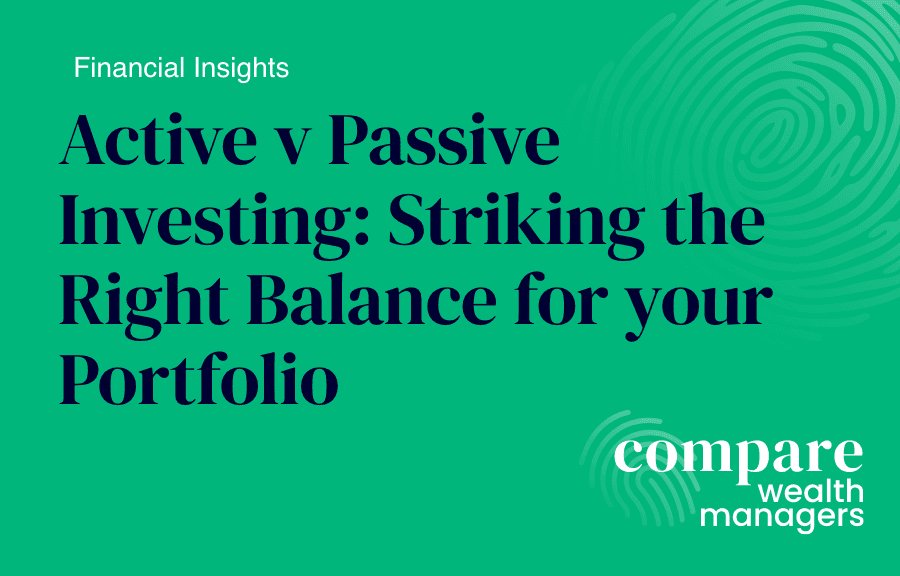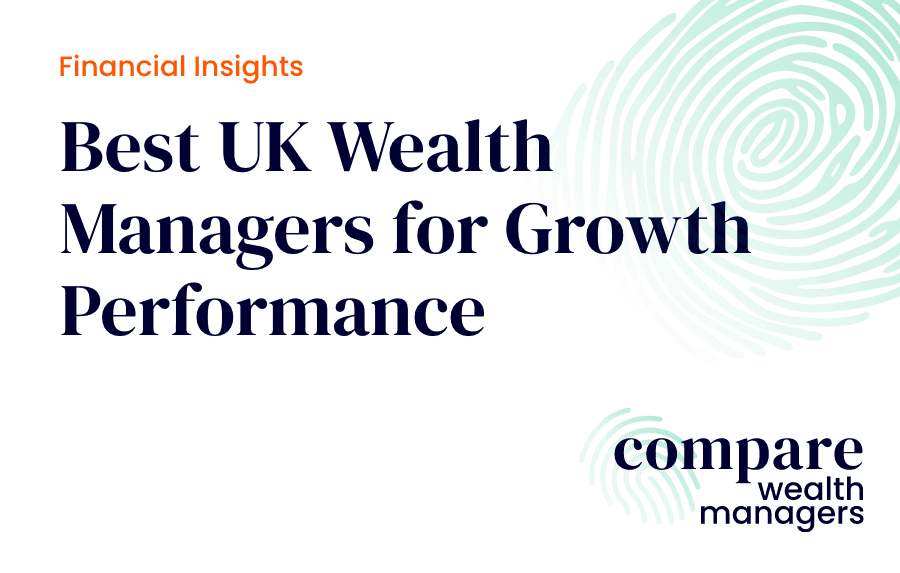Key Takeaways
Performance is only part of the picture. We’re showing how top performing, cautious portfolios have behaved over the past decade, but context is critical.
Risk-adjusted measures count. Volatility, drawdowns, and other factors can be as important as returns when assessing long-term value.
Cautious isn’t one size fits all. Asset allocations can differ significantly across managers, influencing both stability and growth.
Lower risk ≠ no risk. Even cautious portfolios are impacted by market cycles, interest rate changes, and geopolitical events.
Past performance is no guarantee of future results. Market conditions change, and so does manager performance. What worked over the last five years may not work in the next five.
In a world where market volatility has become the norm, investors seeking stability and steady growth face a delicate balancing act. This article dives into how top discretionary wealth managers in the cautious risk category have performed over the past five years, illustrating the strategies they used to manage inflation, rising interest rates, and geopolitical shocks while maintaining a strong focus on wealth protection.
Compiled by Managed Portfolio Indices (MPI), the analysis reveals the collective strategies of leading managers who’ve mastered the art of preserving wealth through turbulent cycles, proving that caution, when applied wisely, can still deliver meaningful growth. For these rankings, we have used MPI data sets 5 years up to Q2 2025.
What is a Cautious Portfolio?
Cautious portfolios are designed to limit volatility while delivering consistent, if moderate, returns. They often include:
- 20–40% equities for controlled exposure to market growth
- 40–60% bonds or fixed income for stability and income
- Up to 20% in cash and alternatives – provides liquidity and reduces volatility, with some cautious portfolios also allocating a small proportion to alternatives such as property, private credit, or absolute return strategies for diversification
However, there is no single formula. One manager’s “cautious” portfolio may lean more towards bonds, while another may hold a slightly higher equity weighting to seek better returns, resulting in different performance patterns and levels of risk.
Why Cautious Strategies Differ
Even within a standardised risk category, investment philosophies vary widely. Some managers adopt a defensive posture, prioritising stability and downside protection. Others may take a more opportunistic approach, tilting towards equities or alternatives when conditions seem favourable. These differences underscore why benchmarks like the Cautious Portfolios are useful for setting expectations and framing comparisons.
Key Factors That Shaped the Last 5 Years (2020–2025)
For cautious investors, the last five years underscored the importance of capital preservation, steady income, and diversification. Wealth managers with a disciplined, defensive approach helped clients protect wealth through an unusually turbulent period.
1. COVID-19 and Defensive Positioning
The pandemic’s market shock highlighted the value of capital protection. Cautious portfolios, with allocations to high-quality bonds, cash, and defensive equities, provided stability when volatility spiked. Wealth managers helped clients avoid panic selling and benefit from the gradual recovery that followed.
2. Low-Rate Environment and Diversification
For more than a decade after the global financial crisis, near-zero interest rates left cautious portfolios struggling to generate meaningful income. That backdrop shifted dramatically after 2021, as inflation and tighter monetary policy pushed yields higher. Wealth managers used the opportunity to rebuild fixed-income allocations while reinforcing diversification with infrastructure and real assets to cushion portfolios against volatility [1].
3. Interest Rate Shifts
The rapid series of rate hikes from 2022 initially hit bond markets hard, driving down prices and testing conservative investors. But for skilled managers, this volatility created a rare entry point. By actively adjusting duration and credit quality, they locked in attractive yields and transformed a short-term headwind into a foundation for long-term income [2].
4. Inflation and Real Returns
Persistent inflation eroded the value of cash and low-yield bonds, creating an added challenge for capital-preserving strategies. To protect clients, wealth managers incorporated inflation-linked bonds, dividend-paying equities, and select alternatives, ensuring cautious portfolios could maintain real returns without straying from their defensive mandate [3].
5. Geopolitical Volatility and Diversification
The invasion of Ukraine in 2022, energy supply disruptions in Europe, and ongoing US–China tensions created prolonged uncertainty for global markets. These shocks drove volatility in equities and commodities, but cautious portfolios benefited from allocations to defensive assets such as infrastructure, utilities, and gold. Wealth managers who emphasised diversification were able to protect capital and deliver steadier returns through periods of geopolitical stress [4].
Using the Results in Your Decision-Making
The rankings are not about finding a single “winner.” Instead, it provides context: a broad view of how professional managers in the growth category have performed through a period of rapid change.
For investors, the value lies in using the results as a benchmark:
- Comparing how prospective wealth managers stack up against peers in the same risk category.
- Asking sharper questions about a firm’s strategy, asset mix, and approach to risk management.
- Understanding whether a manager’s results stem from tactical choices, long-term philosophy, or exposure to specific markets and sectors.
Ultimately, it is best used as a starting point. It highlights managers who have delivered strong performance, but it does not replace thorough due diligence. Assessing a manager’s process, team, governance, and client fit remains essential before making an allocation decision.

1. Rothschild & Co
5 year Cautious Portfolio Performance: 33.53%
Asset under management
£15.9 billionEstablished
1809Employees
200Min. Account size
£2 million
Rothschild & Co Wealth Management advises some of the world’s most successful individuals and families, focusing on preserving and growing wealth across generations. Combining personalised investment strategies with access to a global network of experts, they help clients navigate everything from succession planning to bespoke lending.

2. Blu Family Office
5 year Cautious Portfolio Performance: 29.63%
Asset under management
£1 billionEstablished
2010Employees
20Min. Account size
£1 million
Blu Family Office is a London based Wealth Manager, founded in 2010 to manage the assets and affairs of a single family. Since then Blu has been mandated to help other investors to protect, grow, and pass on wealth to the next generation.

3. Evelyn Partners
5 year Cautious Portfolio Performance: 25.70%
Asset under management
£64.5 billionEstablished
1836Employees
3000Min. Account size
£500k
Evelyn Partners is one of the UK’s leading wealth managers, offering tailored financial planning and investment management to clients nationwide. Their focus is on empowering more people with the benefits of high-quality advice. Managing £64.5 billion in assets (as of June 2025) and operating from over 30 offices, they bring together award-winning personal financial guidance with specialist business services — supporting individuals, families, and organisations at every stage.





